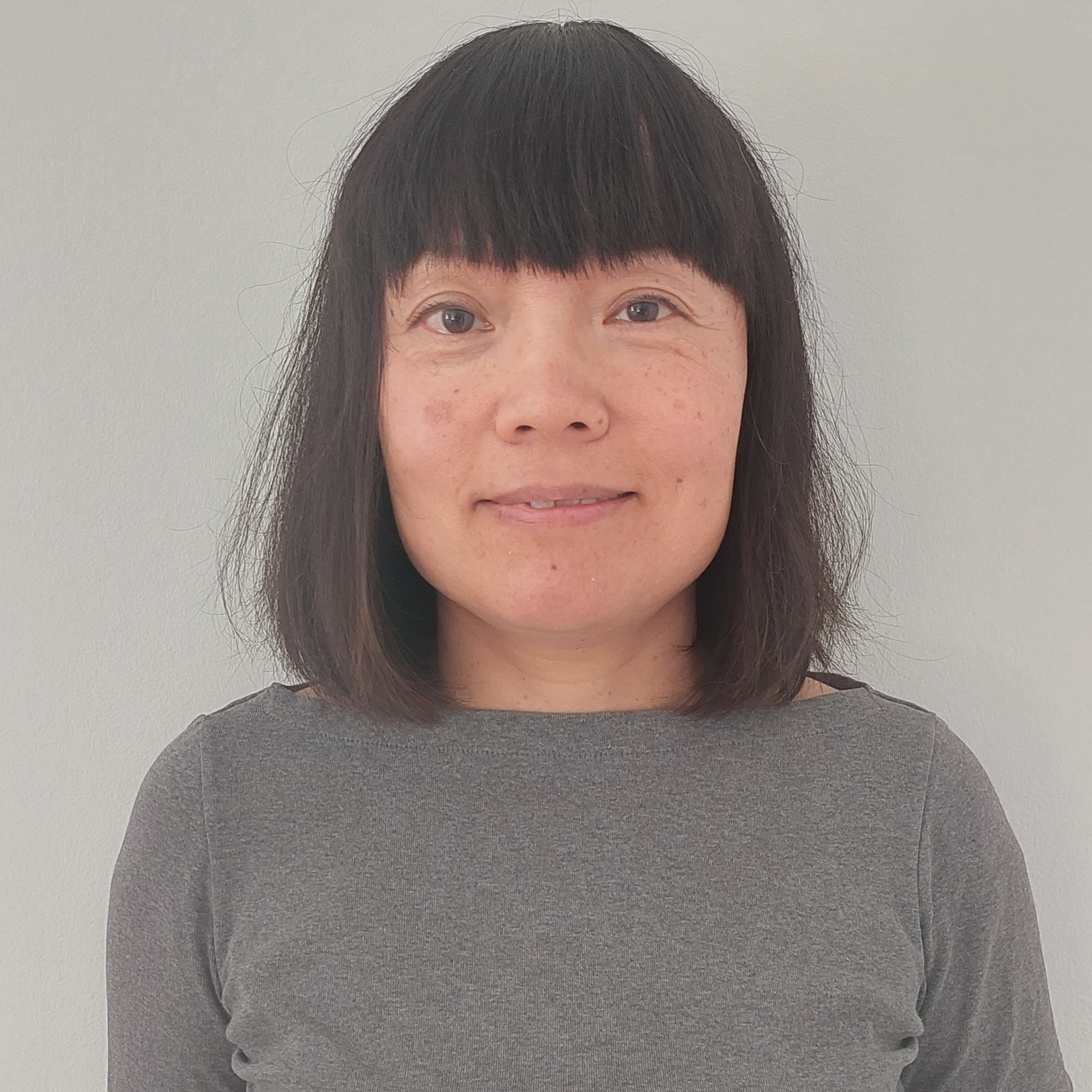Taarnby Forsyning started the operation of a unique energy plant, including heat pumps and a chilled water tank, combining smart use of electricity, district heating, district cooling, wastewater and groundwater/drain water.
The plant is located at the wastewater treatment plant and supplies a new urban development next to the new Kastrup Metro Station. This symbiosis between wastewater and the new urban development has been possible because Taarnby Forsyning has established a roof and ventilation, which eliminates any bad smell.
The business plan of this project highlighted the profitability of establishing a district cooling system based on a central large-scale electric heat pump installation and a chilled water storage tank, as well as the additional benefits of using a heat pump in combination with ground source cooling and wastewater. Based on this assessment, Taarnby Forsyning subsequently decided to establish a new district cooling business unit that would service the new urban development area located north of Copenhagen Airport.
Optimized efficiency by combining district heating with district cooling and wastewater
The new district cooling plant consists of four heat pumps and a chilled water storage tank located on the outskirts of the wastewater treatment plant. The heat pumps are connected to district cooling, district heating, treated wastewater and (in second stage groundwater).
First priority of the heat pumps is to deliver the necessary cooling capacity. The second priority is to extract heat from the treated wastewater, which is connected to the plant via a 160 m “anergie network”. Thus, the heat pumps deliver two important energy resources: Co-production of heat and cold and additional hot water for district heating during winter, “wasting the cold water in the wastewater”. The optimization will take into account these synergies and respond to the electricity market prices hour by hour as well as the heat market prices in the Greater Copenhagen district heating system.
The wastewater plays a central role in the setup, and treating it locally at the plant has a special advantage. Traditionally, seawater would have been considered for district cooling and as a source of heat. However, treated wastewater represents a better solution not only in terms of pricing but also because it generates stable temperatures not less than ten degrees all year round as opposed to seawater which is colder in winter.
In addition, an ATES[1] plant utilizing groundwater will be established to meet the increased demand for cooling in the area. The heated groundwater will supplement the heat from the wastewater during winter since the production cost of heat in the summer is low in the heat transmission system.
The unit is fully automatic and constantly checks prices and the needs of the end-users. Thus, it can always ensure maximum use of the resources. For example, during periods when the price of electricity is lower, typically at night, it would be beneficial to run the heat pumps to store cold water for the end-users during the day.
The new cooling unit will complement the existing district heating system, which produces energy cost-effectively based on biomass-fueled cogeneration (CHP), residential waste and natural gas, covering around 60% of the total heat demand for large buildings in the municipality, including the Copenhagen Airport.
When operating, the heat pumps will generate 4.5 MW of cold and 6.5 MW of heat. The ATES plant utilizing groundwater is expected to generate an additional 2.8 MW of cooling. On a hot day, the total cooling capacity that can be delivered from the heat pumps, groundwater and storage tank is 10 MW.
All numbers are favorable
The project will deliver low-carbon heating and cooling in a cost-effective way improving the efficiency of the energy system. Overall, it will supply cooling to businesses, in a total of 200,000 m2, and heat corresponding to the annual demand of 500,000 m2. The total investment of DKK 80 million is roughly equal to the alternative investment in cooling at each building. The return of investment for the local community is 45%, corresponding to an economic net present value benefit of DKK 80 million.
[1] Aquifer thermal energy storage (ATES) is the storage and recovery of thermal energy in the subsurface.
Share this
Sector: District energy
Country / Region: Denmark
Tags: bioenergy cogeneration, energy efficiency, groundwater sources, heat storage tanks, heating and cooling, local communities, projects, ventilation systems, water resources, water storage tanksIn 1 user collection: Sino-Danish Clean and Renewable Heating Cooperation Centre – Library
Knowledge Object: User generated Initiative




